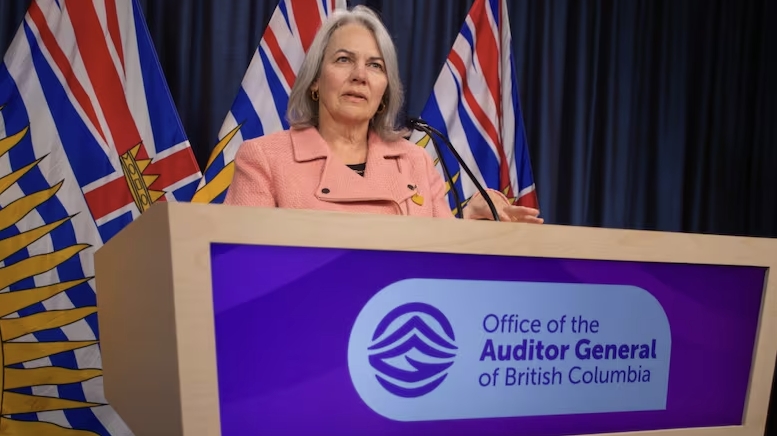B.C. Audit Finds Gaps in Government’s Forest Carbon Data and Transparency
Shraddha Tripathy
3/20/20252 min read


A new audit from B.C.’s Auditor General has found that the province lacks a clear and transparent methodology for calculating how carbon is stored and released in its forests—raising concerns about the credibility of government reporting on forest carbon.
The Office of the Auditor General (OAG) released the report Tuesday, focusing on three key areas:
1️⃣ Forest investment projects (tree planting and fertilization)
2️⃣ Annual allowable cut determinations (timber harvesting limits)
3️⃣ Forest landscape planning program
While the forest landscape planning program was found to be well-documented and transparent, the audit revealed critical shortcomings in the first two areas, particularly regarding carbon benefit projections and reproducible methods for decision-making.
"It's a new area of science, and so it's an evolving area," said Acting Auditor General Sheila Dodds.
"This is really just an opportunity for the ministry to define that standard and improve transparency."
Audit’s Key Findings
🔹 Forest Investment Projects – The government uses carbon benefit projections for setting reforestation and fertilization targets, but the audit found no standardized, transparent methodology for these calculations.
🔹 Annual Allowable Cut Determinations – The Forests Ministry has been using carbon modelling data to guide timber harvest limits, but the audit found these calculations were not reproducible or adequately documented.
🔹 Forest Landscape Planning Program – Unlike the other two areas, this program was found to be transparent and well-documented, requiring no further recommendations.
Why Carbon Modelling Matters
B.C.'s forests play a critical role in capturing carbon and mitigating climate change, making accurate carbon accounting essential for long-term forest management. The government relies on these carbon models to:
✔ Set climate targets
✔ Determine reforestation investment priorities
✔ Report on carbon sequestration efforts
✔ Guide timber harvesting limits
The audit found that unclear methodologies undermine confidence in the province’s ability to accurately measure and manage carbon levels in forests.
Government Response
The Forests Ministry accepted the audit recommendations, stating that it is working on finalizing a standardized carbon modelling approach by 2026.
"It is expected that the methodology will be finalized over the next 12 months," the ministry said in response.
"The goal is to complete this work by spring 2026."
However, the ministry emphasized that its tree planting and fertilization efforts are not solely dependent on a finalized carbon modelling methodology.
Experts Weigh In
Some forestry experts say the findings highlight the need for B.C. to align its carbon accounting with international standards.
🌿 Gary Bull, a professor emeritus at UBC’s Faculty of Forestry, said B.C. lags behind other countries like Australia, New Zealand, and the U.S., where carbon is integrated into investment decisions for forests.
"We’re not even close to that yet," Bull said.
"We need a system that aligns with global carbon markets and financial investments."
🌿 Greg Paradis, an assistant professor of forest management at UBC, sees the audit as constructive criticism rather than an indictment of government policy.
"The ministry is already going above and beyond," he said.
"This is part of the process of refining and improving carbon modelling."
Next Steps
🔹 The Forests Ministry has committed to defining and finalizing its carbon modelling standards by 2026.
🔹 The province will need to ensure its carbon accounting aligns with global best practices.
🔹 Forestry experts are urging more transparency and integration of carbon markets into forest management decisions.
As B.C. expands its forestry investments, the accuracy of carbon storage and emissions data will be crucial for climate policy, timber harvesting decisions, and carbon offset markets.
News
Stay updated with the latest BC news stories, subscribe to our newsletter today.
SUBSCRIBE
© 2025 Innovatory Labs Inc.. All rights reserved.
LINKS
